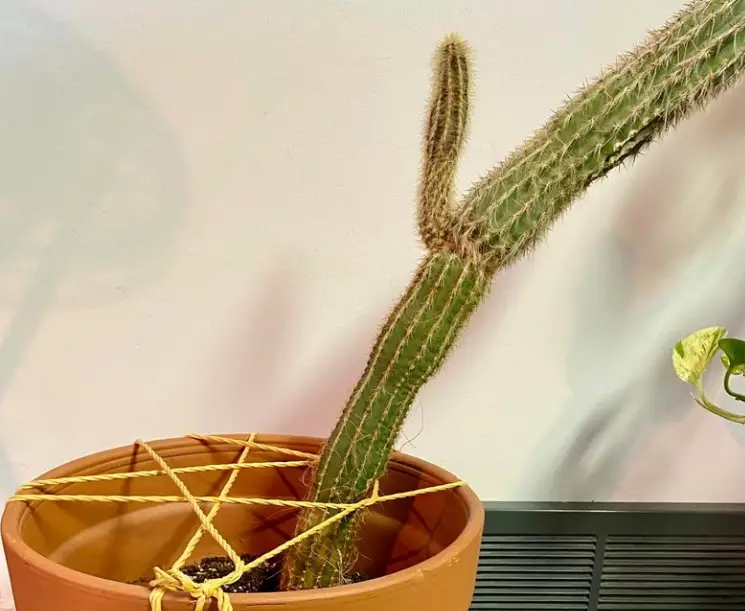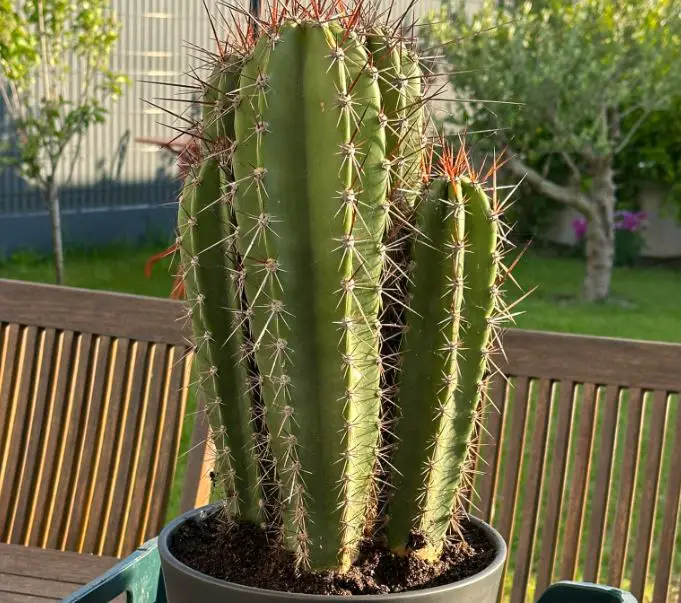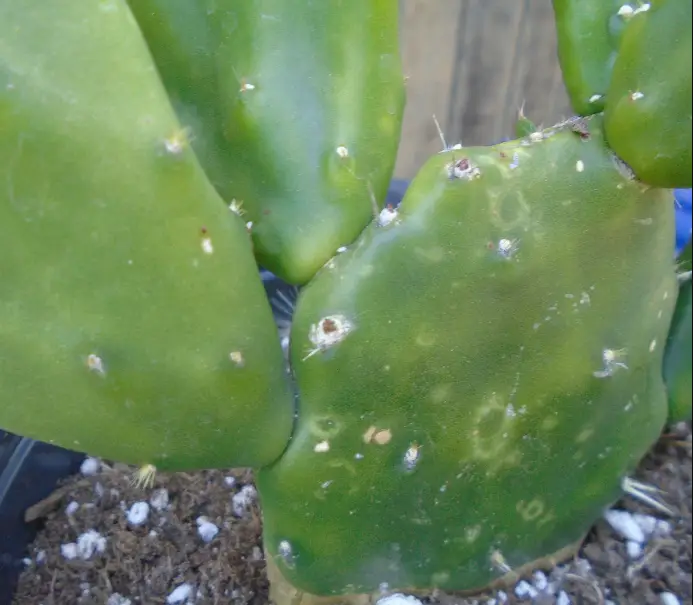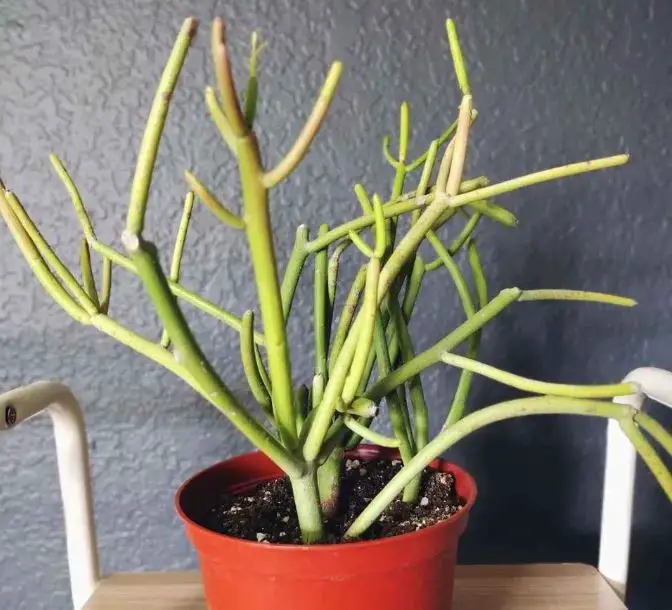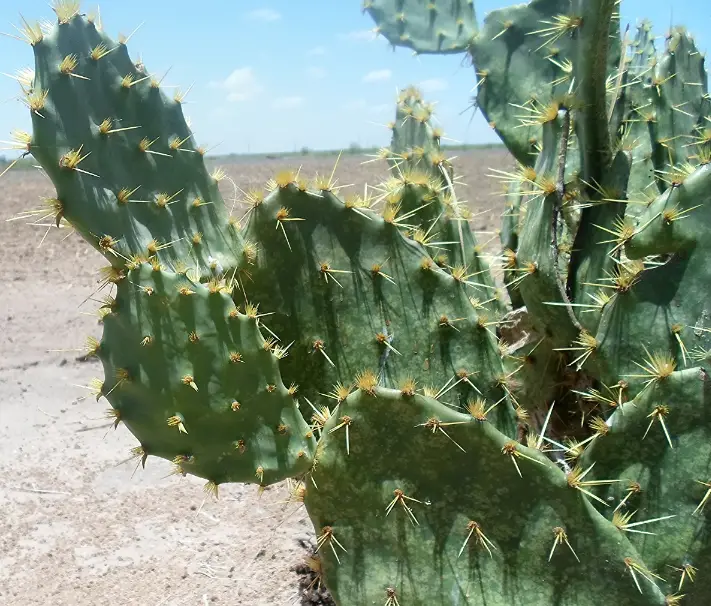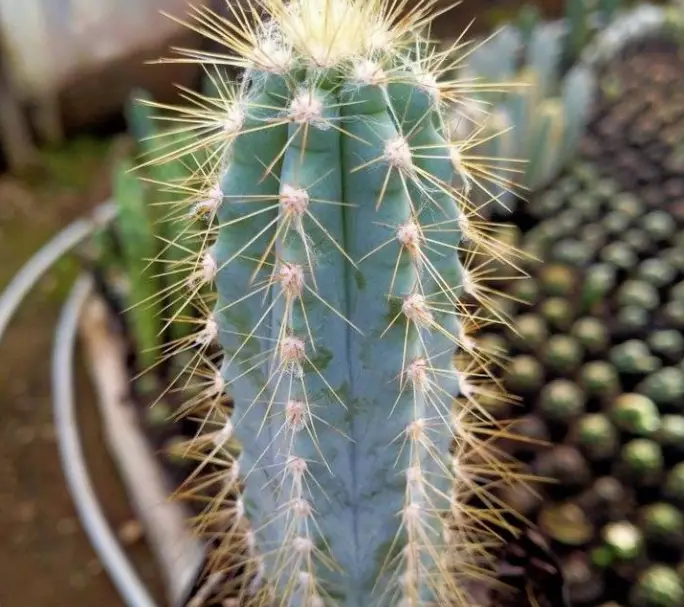How Do You Get Rid of White Fungus on Cactus
During a regular inspection of my houseplants, I noticed some white spots on my prickly pear cactus. This did not settle well with me as it completely change the appearance of my ever-green cactus. A few days before this, I had placed my plants on a pebble tray to enjoy some moisture.
Little did it know that crowding the plants in one place was a recipe for fungal growth. It’s also possible that the cactus may have been infected with a fungus from another plant, either through direct contact or through contaminated soil or tools.
A plant specialist who help me get rid of the white spots on my cactus also educated me that overwatering may also cause cactus fungus. If a cactus is consistently watered too frequently, or if the soil doesn’t drain well, excess moisture can accumulate around the roots, which can create the ideal conditions for fungi to grow.
When I was new to gardening I also had a problem with mold in my houseplants. A greenish growth on the surface of the soil would commonly form and spread to the base of my cactus. No sooner did I know, my cactus became squishy and started rotting from the bottom.
I had little time to save the plant as it only took a week for everything to fall apart. Evers since, I became very concerned about any discoloration or change in the texture of my cactus. There are a few more things I also keep learning as I took care of my cacti plants including the mighty Christmas cactus.
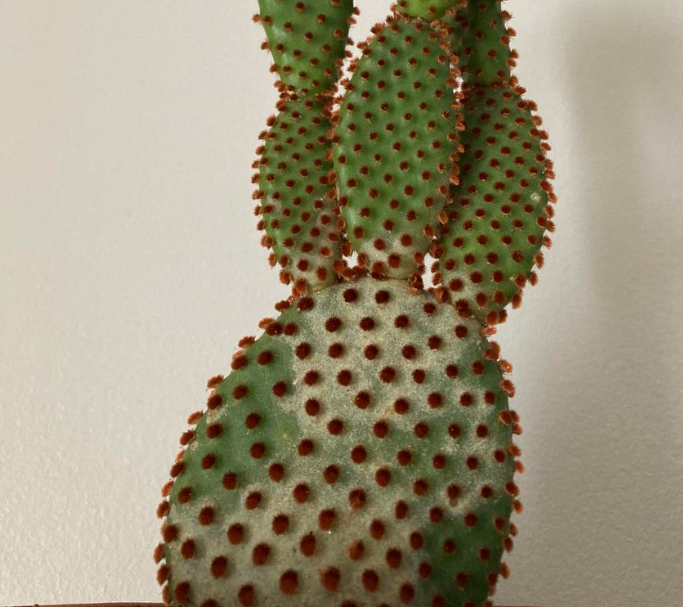
What does fungus on cactus look like?
There are different types of fungi that can attack your cactus and their appearance may vary. Commonly, you may notice a white fuzz or powdery growth on the surface of your plant. You may also witness a discoloration, yellowing or browning of the cactus tissues which can easily be confused for cactus sunburn.
The affected plant may also show symptoms such as wilting or getting soft and mushy. Fungal infection of the root is the difficult to detect. Some people come to know about it when the plant is already dying. Black cottony roots or rot at the base of a cactus is commonly a tell-tale sign of root fungus.
It is important to keep an eye out for any of these signs, as early detection and treatment can prevent the spread of the fungal infection and help save the cactus.
How to Treat White Fungus on Cactus
Fungi is a typically a threat to the well-being of a cactus or any houseplant. If not treated promptly, the fungal infection can spread and cause significant damage to the cactus. Therefore, if you notice fungus on your cactus, it’s important to take action to try to save the plant. Here are some steps you can take:
- Remove any infected parts of the cactus. Carefully cut away any infected tissue using clean, sterilized scissors or a knife. Dispose of the infected tissue in a plastic bag to prevent the spread of the fungus to other plants.
- Treat the cactus with a fungicide. Several fungicides specifically formulated for use on cacti can help get rid of the cactus fungus. Before using, be sure to follow the instructions on the product label for the best results.
- Improve the growing conditions for the plant. Make sure the cactus is getting proper air circulation and the right amount of light and water. Additionally, ensure that the soil and pot have good drainage to prevent excess moisture from accumulating around the roots.
- Isolate the cactus from other plants. To prevent the fungus from spreading to other healthy plants in your collection, it’s a good idea to isolate the infected as you offer treatment.
- Repot the plant in fresh soil. If getting rid of mold in houseplant soil is a challenge or the soil is heavily compacted, then you have to repot the cactus in a fresh soil mix specifically one formulated for succulents. Be sure to clean and sterilize the pot before reusing it.
By taking these steps, you may be able to save your cactus. However, it may not be possible if the infection is severe or if the cactus is severely damaged. In that case, it’s best to dispose of the diseased cactus and start again with a healthy plant.
Final Thoughts
Fungi can infect cacti grown in conditions of high moisture and poor air circulation. Fungus infection may cause discoloration and even death of the plant. To help manage the infection, it may be necessary to remove the affected parts of the cactus and replant it in fresh, well-draining soil.
To prevent the growth of fungus on your houseplants, it is important to practice good hygiene, avoid overcrowding the plants, provide adequate air circulation, and avoid excessive watering.
References
- “Indoor Cacti,” Clemson Cooperative Extension
- “Using organic fungicides,” PURDUE University
- “Succulent plants,” The Ohio State University
My name is Diane M Lewik, and I am the founder of this website. I am a degree holder in plant biology from the University of California – Berkeley. Over the years, I have cultivated a vast collection of succulents and I have learned a great deal about how to grow and care for these unique plants. Feel free to ask any questions in the comment section below.
